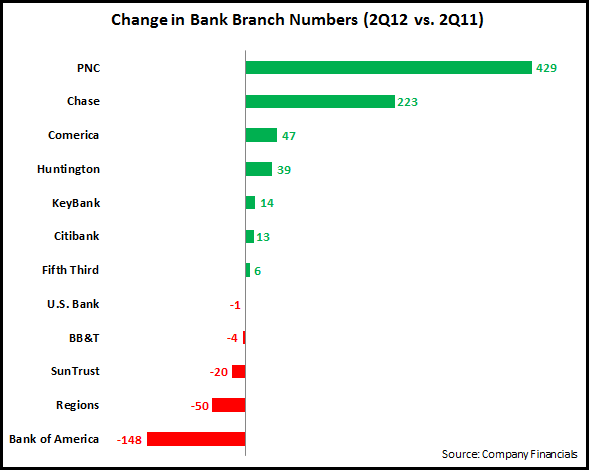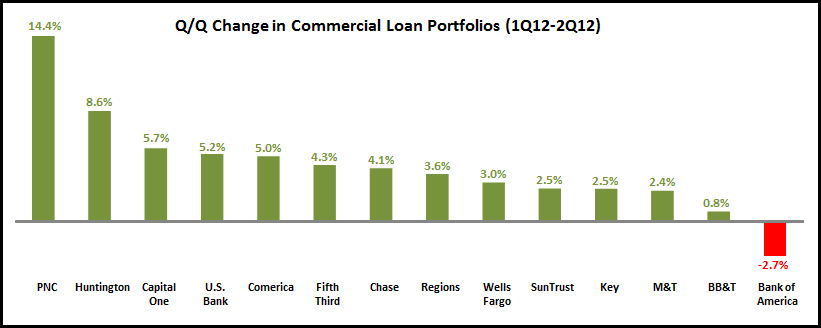EMI Strategic Marketing, Inc. analyzed U.S. card volume data from the latest quarterly financials for the four main card networks (Visa, MasterCard, American Express and Discover). Our analysis reveals that:
- Year-over-year (y/y) growth in total U.S. card (credit and debit) volume fell from a relatively robust 9% in 1Q12 to only 3% in 2Q12. The growth decline was largely due to a 1% fall in Visa card volume. The other three networks each grew volume 9% y/y, but for both MasterCard and American Express, this represented a lower growth rate than in the previous quarter. Only Discover accelerated its volume growth rate between 1Q12 and 2Q12.
- For the four networks, U.S. credit card volume rose 7% y/y, down from 10% in 1Q12. Each of the networks had lower growth rates in 2Q12 compared to 1Q12. American Express and Visa both had 9% increases, compared to 4% for MasterCard and Discover. Recently, issuers have been pushing credit card volume growth through tiered rewards and bonus offers, so the decline in growth will be a concern for the card networks. However, the growth rate remains well above consumer spending growth levels, so credit card continues to take payments share from other payments methods like cash and checks.
- U.S. debit card volume was flat y/y, significantly down from an 8% y/y rise in 1Q12. While MasterCard (+15%) and Discover (PULSE Network volume up 14%) both reported strong growth, Visa’s U.S. debit card volume fell 7%, which it attributed to regulatory impacts. Visa reported in its 2Q12 earnings conference call that the most recent quarter represented a trough for debit volume and it is experiencing stronger performance in the current quarter.


